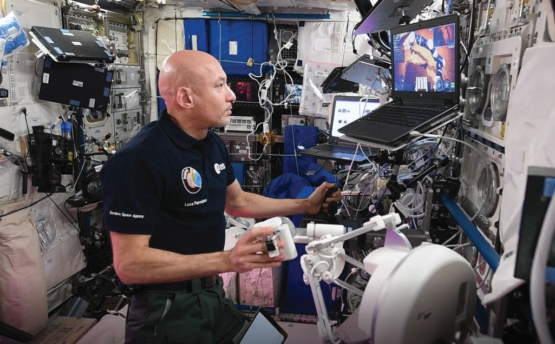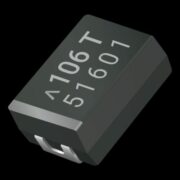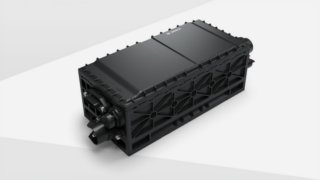For solving the challenges of building and deploying telerobotic systems for extraterrestrial missions, like system design, systems integration and long-distance communication, the European Space Agency (ESA) opted for the software framework from Real-Time Innovations (RTI). They use RTI Connext DDS for communication and video to demonstrate long-distance object control from aboard the International Space Station (ISS).
A telerobotic device provides visual and sensory data back to the person operating it and responds to the human controller’s movements, which are communicated wirelessly. RTI Connext DDS enabled developers to manage complex communications from ISS to the earthbound exploration robot, as part of ESA’s Analog-1 project. Using DDS enabled ESA to get active feedback from the robotic arm, while operating the gripper via remote control to work with the precision and dexterity of a human hand.
Where robots and DDS come in
If environments are too dangerous for people, that’s where robots come in – for example, to collect geological specimens under harsh conditions. Here, the robot needs to be part of a haptic control loop. The astronaut must be able to interact with the robot, and even experience the tactile sensations of the robot through a joystick or data gloves. Consequently, this system needs a low-latency control loop. At the same time, this control loop generates a high volume of video and real-time telemetry data. For everything to work as intended, communications must be near real-time and deterministic.
Thanks to the Data Distribution Service™ (DDS) connectivity standard, ESA created a real-time control loop between the space station and the robot using RTI Connext DDS as the communication layer. This kind of communication requires a DIL communication link, which is characterized by extreme message latency and jitter. In this environment, the status needs to be continuously assessed and fed back into the control loop.
Transmitting compressed video is now easier as well, as ESA is able to use the User Datagram Protocol (UDP) for keeping huge amounts of data in motion over unpredictable communication links. UDP is far more reliable, because it runs in the transport layer on Connext DDS and doesn’t consume network resources. ESA was further able to achieve Connext DDS integration into Qt QML, which is the basis of their user interface. Because a lot of components are simply C++ interfaces between QML and DDS, ESA’s Human Robotic Interaction Laboratory now has the flexibility to extend these interfaces. In looking to the future, components can be quickly re-architected into subsequent projects and demos.
ESA and Telerobotics
The European Space Agency (ESA) is a leader in telerobotic development, which the agency considers vital for advancing space exploration. Hidden away in the picturesque, seaside town of Noordwijk in the Netherlands, ESA’s Human Robot Interaction Laboratory develops pioneering haptic solutions using remotely controlled semi-autonomous robots.
These robots offer opportunities for interactive discovery and research in places where it’s impossible or impractical to send astronauts.










